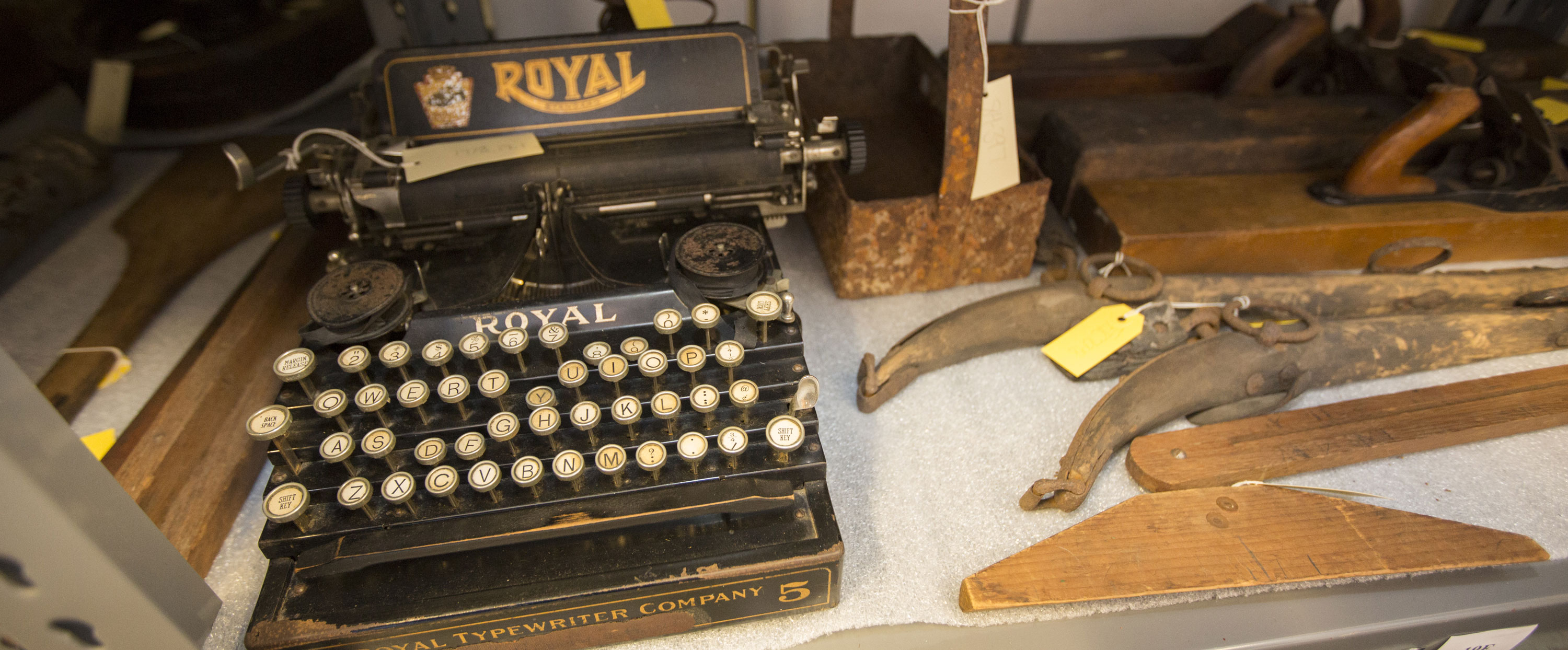Within our collection is a small piece of petrified wood with a nail sticking through it. Written in black on the plaque it’s connected to is, "UNION GUNBOAT CAIRO Sunk by Floating Torpedo on Yazoo River, Mississippi December 12, 1862."
Built in January of 1862, the USS Cairo had a short-lived career as a Union gunboat. It patrolled the Mississippi and its connecting waterways, searching for Confederate supply lines, guns on the shore, and clearing the river of underwater mines, known at the time as torpedoes.
On the morning of December 12, 1862, the Cairo and a few other gunboats went up the waters of the Yazoo River in Mississippi. Seven miles north of Vicksburg, Mississippi, the boats came under attack. As it moved full steam ahead with the intent to return fire, the Cairo received two sudden blows to its bow and starboard side. It had struck a torpedo, which was then detonated by Confederates hidden onshore. Taking on water, the captain ordered the crew to abandon ship. There were no fatalities, but the Cairo sank within twelve minutes.
Below 36 feet of water, the Cairo rested at the bottom of the river under a layer of silt and mud. There it laid untouched until 1960 when researchers located the ship, and divers began to bring artifacts to the surface. The riverbed had encased the Cairo and naturally preserved it for 100 years, turning it into a time capsule of an early Civil War ironclad.
The end of December 1964 witnessed the complete removal of the ship from the water. No small feat. The remains were loaded onto barges and towed to nearby Vicksburg. Later, the Cairo was sent to Pascagoula, Mississippi, where its armor was removed, cleaned, and stored. Its steam engines were dismantled, cleaned, and put back together.
In 1972, Congress passed legislation that transferred ownership of the Cairo to the National Park Service, where it was preserved and put on display in Vicksburg National Military Park. Having been underwater for so long, the preservation of the Cairo requires special considerations, such as custom supports to keep the wood of the boat from warping.
The gunboat and the artifacts found within the ship can now be seen at the USS Cairo Museum. Meanwhile, this small piece in the collection of the Dubuque County Historical Society speaks to the important role of rivers during a defining era of this country’s history.

